Learn about the differences between shrines and temples. 神社とお寺の違いについて知りましょう

Japanese go to both shrines and temples.
However, many people come without thinking much about the differences and purpose between shrines and temples.
I am one of them.
In the new year, families go to shrines and temples to visit, offer money, and buy “Omikuji”.
At Christmas, expect a gift from Santa Claus, buy cakes, light a candle, and hold a party with “Merry Christmas!”
日本人は、神社とお寺の両方にお参りに行きます。
しかし、その違いやそれぞれの目的をあまり深く考えずに訪問する人がたくさんいるのが現実です。
私もその一人で、何となく、お正月になると家族で神社もしくは、お寺に行って手を合わせたり、お賽銭を入れたり、おみくじを引いたりしていました。
クリスマスでは、サンタクロースからのプレゼントを期待したり、ケーキを買って、ロウソクを灯して、「メリークリスマス!」とパーティをします。
However, on New Year’s Day, we concentrate on the Japanese and wear “Hakama” and “Kimono” to go to New Year’s worship.
However, it is very difficult to understand. Today we will compare the differences roughly.
でも、お正月は「日本人」に徹して、袴や着物を来て、初詣に出掛けます。
しかしながら、やっぱりよくわからないことが多いのです。その理由については、ゆくゆくお話していこうと思いますが、今日は、ざっくりと違いについて比較していきます。
It depends on your purpose 【目的によってどちらに行くか違います】
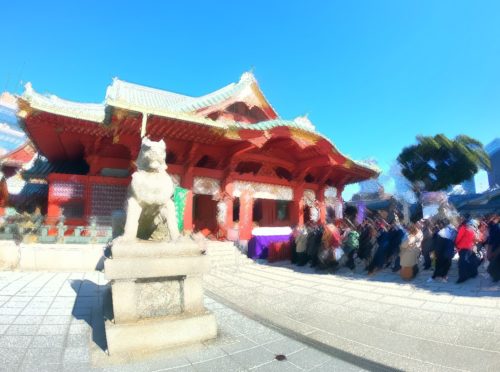
At the shrine, visit “Hatsumode” for the New Year, “Shichigosan”, a celebration of 3, 5 and 7 years old, “Yaku-Barai” to get rid of bad luck and weddings
At the temple, a new year’s visit “Hatsumode”, funeral
神社は、「初詣」、「七五三」、「結婚式」、「厄除け」
お寺は、「初詣」、「お葬式」などを目的に行くことがあります。
Worship is different 【祀っている対象が違います】
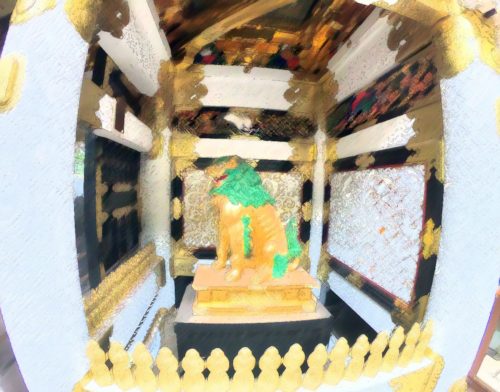
Shrines and temples worship different objects.
神社とお寺とでは、祀っている対象がそれぞれ違います。
Shrines worship God. In the past, God was a natural “natural object” such as mountains, trees, and rocks. “Natural phenomena” such as rain, lightning, fire, and wind were also considered “gods.”
Shinto is recognized by Japan as a religion.
We worship “Yaorozu-no-kamigami” (8 million gods) and nature.
Animals, plants, swords and mirrors are also considered as gods.
神社は、神様を祀ります。神様とは、昔は山とか木とか岩などの自然の中にあるもの「自然物」を「神」としていました。その他に、雨、雷、火、風などの「自然現象」も「神」の権現としていました。日本が自国の宗教として唯一認めた「神道」が八百万(やおろず)の神々、神様や自然を祀ったのが、神社ということです。
補足しますが、動物や植物、剣や鏡などもその対象としていました。
on the other hand,
The temple worships the Buddha. In other words, the temple is Buddhism and a place to worship Buddha statues.
それに対して、
お寺は仏様を祀ります。つまり「仏教」であり、仏像などを祀っているところがお寺ということになります。
How to worship is different 【お参り(参拝)の仕方が違います】
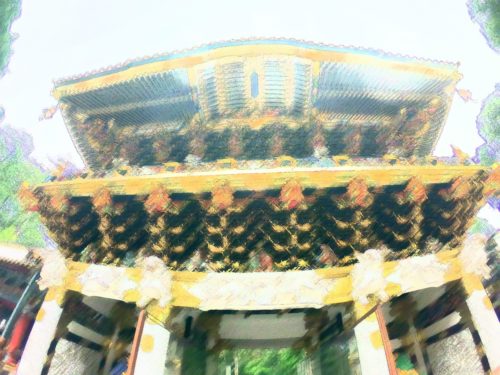
As introduced here, worship at shrines and temples has some differences.
記事 How to Worship. 【参拝の仕方について知ろう】でも紹介していますが、神社とお寺とでは、参拝の仕方が少し違うところがあります。

Shrine is “bow twice, clap your hands twice, bow once”.
In fact, not all shrines use this method, and some shrines have different manners in different regions.
A typical example is the famous “Izumo Taisha”.
Izumo Taisha says “bow twice, clap your hands four times, bow once.”
There are many places where signs are displayed in the hall of worship “Haiden”, so please check before going.
神社は、「二礼二拍手一礼( 二拝二拍手一拝)」です。じつが、すべての神社がこの方法ではなく、地域によっては作法がちがう神社もあります。
代表的なのは、かの有名な「出雲大社」です。出雲大社は「二拝四拍手一拝」となります。拝殿(参拝をする建物)に看板などで表示しているところが多いので、確認してから行うようにしてください。
On the other hand,
The temples holded hands “Gassho”. Then, lower your head only once.
It is “Gassho-Raihai”.
それに対して、
お寺は、胸の前で手を合わせ(合掌)ます。そして、一度だけ深く頭を下げます。「合掌礼拝」です。
Many commonalities 【共通点の多い理由】


Shrines and temples have a lot in common. There is a reason.
神社とお寺には、たくさんの共通点があります。それには、理由があるのです。
Shinto is an ancient Japanese philosophy that worships nature, but during the Nara era, Emperor Shomu introduced Buddhism (Mahayana Buddhism) from Baekje (now the Korean Peninsula) in China.
And the idea of ”Shinbutsu Shugo” was born.
In other words, God and Buddha were the same “Honji-Suijaku theory”, and there was the idea that Buddha was transformed into God in order to save people.
One of the representative buildings is the statue of Rosha Nabutsu (The Great Buddha of Nara), built by Emperor Shomu.
During this era, temples were built inside the shrine, and there are still many places today.
A shrine called Nikko Toshogu Shrine, which was built in the Edo period and is designated as a World Heritage Site, has a temple called Hondo (Yakushido) on the precincts.
神道は、日本古来の自然崇拝の思想ですが、奈良時代に聖武天皇が中国の百済(今の朝鮮半島)から仏教(大乗仏教)を取り入れ、「神仏習合」の考えが生まれました。つまり、神様と仏様は同じであるという考え方(本地垂迹)があって、民を救うために仏様が神様に姿を変えているという考えでした。
「神仏習合」が進む代表的な建造物として、聖武天皇が建てた東大寺盧舎那仏像「奈良の大仏」があります。
この時代は、神社の中にお寺を建てることがあり、それが現在も残っているところがたくさんあります。
江戸時代に建てられたものですが、世界遺産に指定されている日光東照宮という神社には、境内の中に本地堂(薬師堂)というお寺があります。
【sincretistic fusion of shintoism and buddhism:神仏習合(shinbutsu-shugo)】

The commonalities are as follows:
Hand watershed “Chozuya”
torii “Torii”
Tower gate “Romon”
Fortune lottery “Omikuji”
Scarlet seal “Goshuin”
etc.
Both Japanese go to New Year worship. “Hatsumode”
共通点としていくつか挙げますが、
手水舎
鳥居
楼門
おみくじ
御朱印
などです。
初詣もどちらも日本人は行きますよね。

Click here for manners of “Chozuya” 【手水舎の作法はこちらを参照】





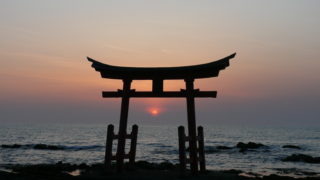
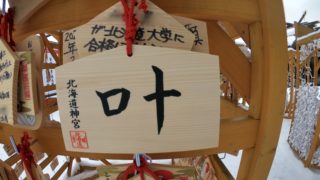
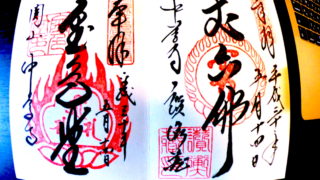

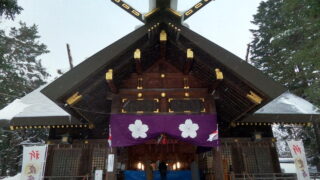
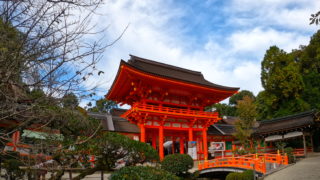
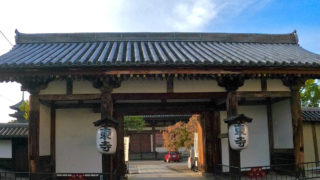

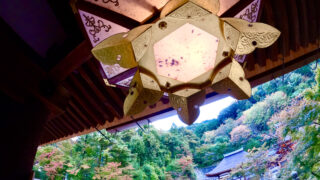
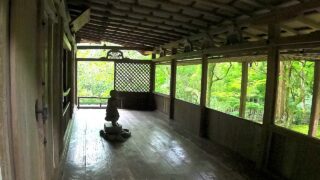
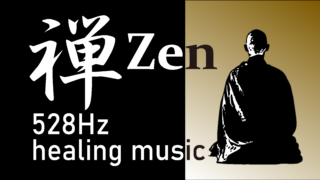




コメント